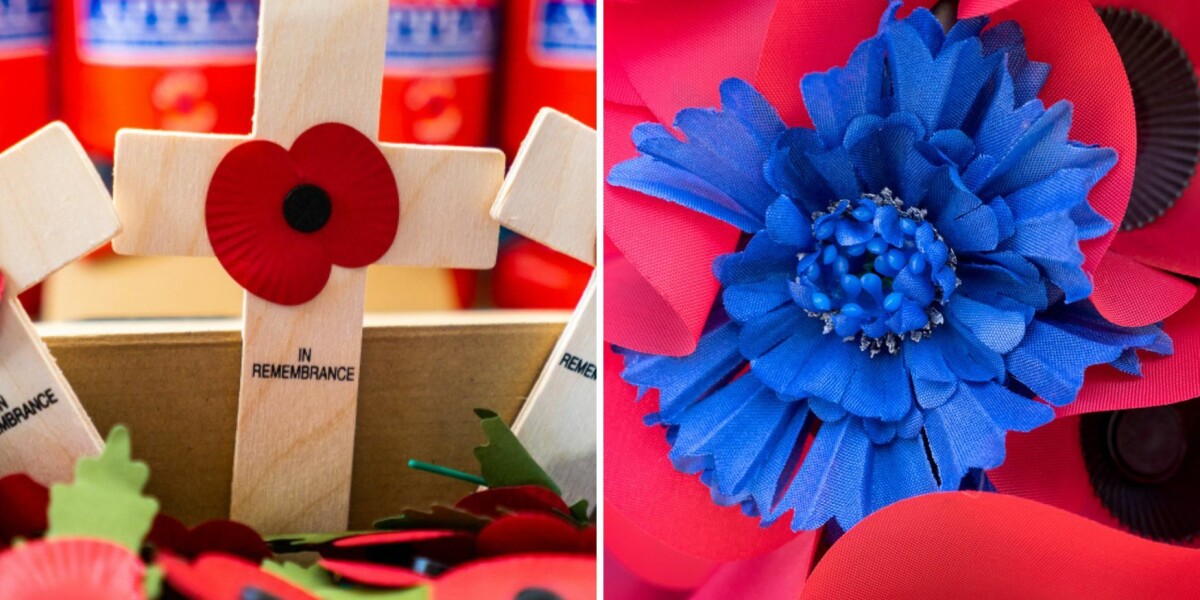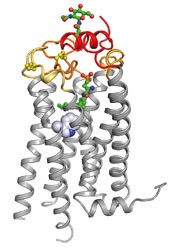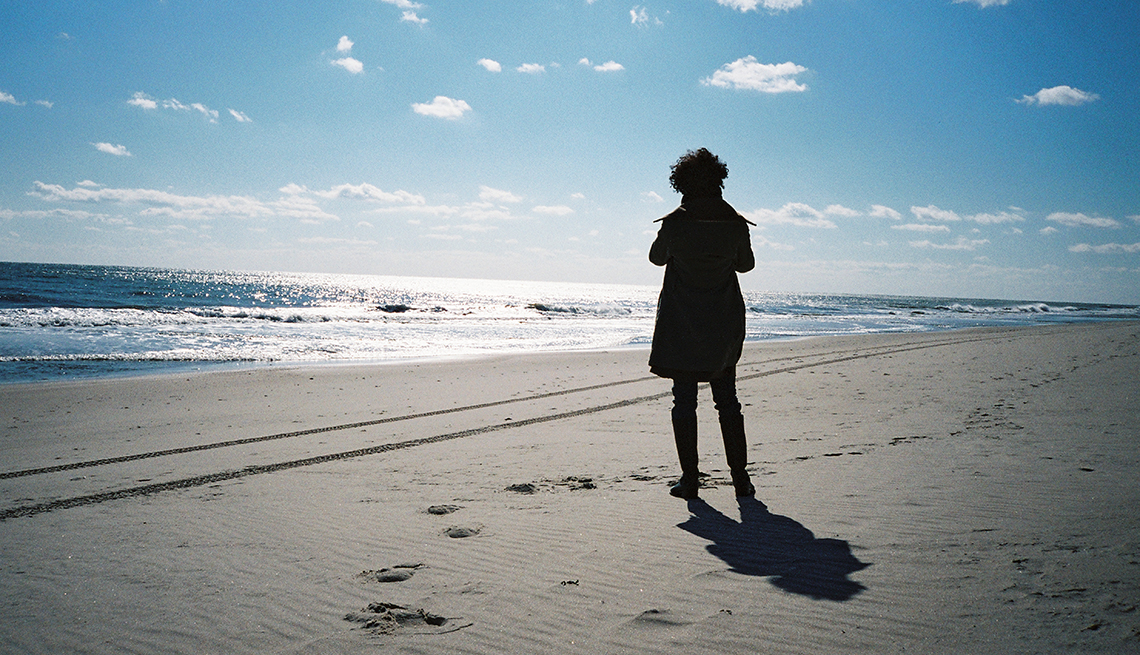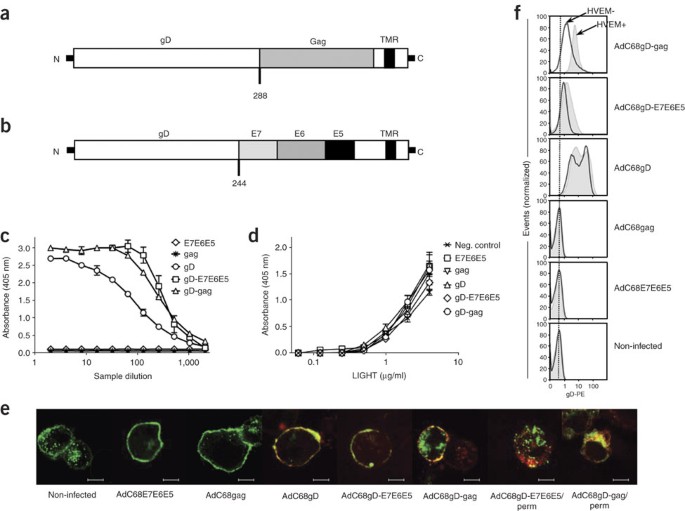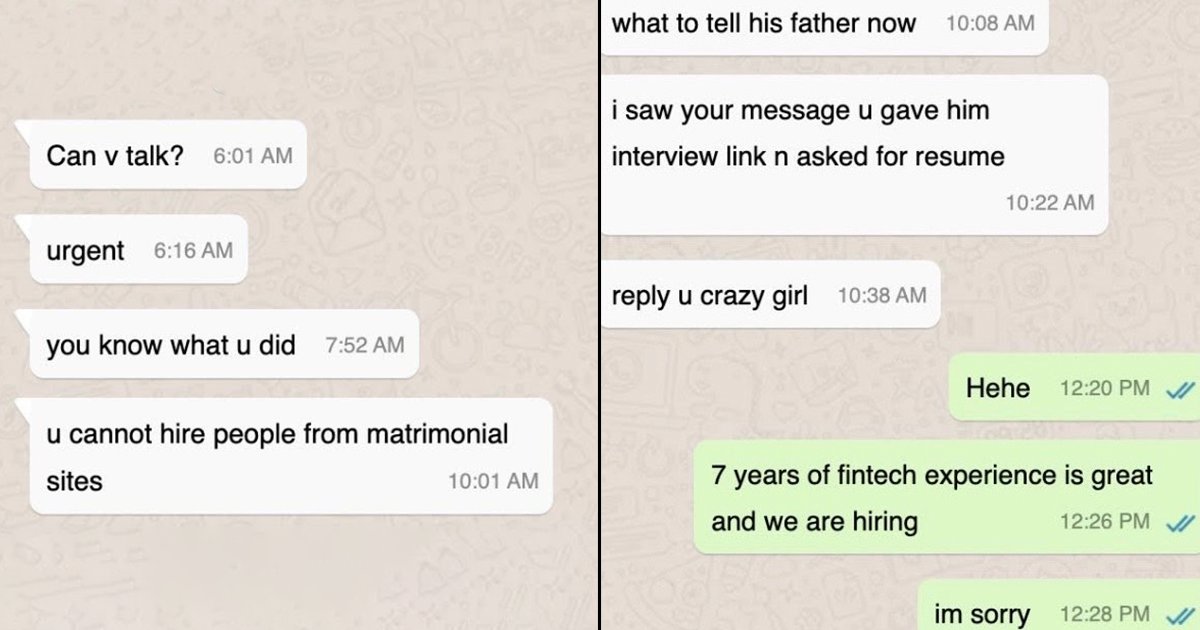
- Select a language for the TTS:
- UK English Female
- UK English Male
- US English Female
- US English Male
- Australian Female
- Australian Male
- Language selected: (auto detect) - EN
Play all audios:
The bloom has come off Justin Trudeau’s rose as Canadians gear up for the federal election, which will take place on Monday, October 21. The Liberal Party leader’s blackface antics from
three decades ago have made sure of that. It’s one of the reasons he is fighting for his political life. No matter, because at this point, the election is difficult to call. It’s a dead heat
between the two main parties, Andrew Scheer’s Conservatives and Trudeau’s Liberals, both polling below 33 per cent, with the Liberals slightly leading. Jagmeet Singh’s left-leaning New
Democrat Party (NDP) has picked up steam. Neither main political party is predicted to win outright, despite former President Barak Obama putting his star power behind Trudeau. While rare in
Canada, a coalition is becoming more likely. The Liberals lead in Ontario, and the Conservatives are ahead in western Canada. The NDP are in second place in the west. The nationalist Bloc
Quebecois is narrowly behind the Liberals in Quebec, and the Green Party has support in British Columbia and Atlantic Canada, according to the CBC poll tracker. In terms of the runners,
Trudeau at 46 is no longer the youthful optimist he was when elected prime minister in 2015. For the Conservatives, Scheer, a 39-year-old father of five, is anti-abortion although he has
said if he is in power he won’t reopen the debate. He’s also pro-gun. Scheer doesn’t believe in the carbon tax, even though a consortium of Canadian economists has said it “is the most
effective way to reduce emissions,” according to an interview in Chatelaine magazine. On the left, forty-year-old Singh took over the NDP in 2017, and since then it has risen from the dead.
He has ruled out working with the Conservatives. So, it’s all about strategic voting. Trudeau has framed the election as a contest between the Liberals and the Conservatives and said the
election is between “cost-cutting Conservatives or a progressive Liberal government”. Singh joked that he hoped Trudeau was “encouraging people to vote for me because that’s the real
progressive alternative”. Its uncharacteristic nastiness has characterised the federal election campaign. Even though Canada is supposed to be a happy place, people are angry. Two other
parties have also made headway. The Green Party, led by Elizabeth May, is tackling climate change, with global warming emerging as a key issue, after a bleak decade for the party. Canadians
have backed Swedish climate activist Greta Thunberg’s message. This resonates with May’s climate plan, called “Mission Possible”. She wants Canada to set an example for the world by meeting
the IPCC targets by 2030. The resurgent Bloc Quebecois, led by Yves-Francois Blanchet, is primarily devoted to Quebec nationalism. Either the Bloc or the NDP could find itself holding the
balance of power in a minority government. The Bloc’s real strategy is to stir the pot to encourage Alberta separation so that it would make it easier for Quebec to pursue the same. The
Western provinces, Alberta, Manitoba, Saskatchewan and British Columbia, feel they don’t have a voice in Ottawa, the capital. If you want an escape from Brexit, don’t go West. “Wexit’ may be
tempting for some, but it’s not about to be a reality. As popularism has emerged in the rest of the world, tolerant Canada has not escaped the rise of far-right parties, either. The
critical election issues for Canadians are healthcare, climate change, the cost of living, taxes, the economy. Already, 4.7 million Canadians have posted their vote, which is up by 29 per
cent since 2015 when 3.7 million cast their advance ballot. It is Quebec, the Greater Toronto Area, and the Lower Mainland British Columbia which will decide Monday’s results. The election
that has lacked ‘oomph’ until now is heating up in the countdown to the 43rd Canadian Parliament
